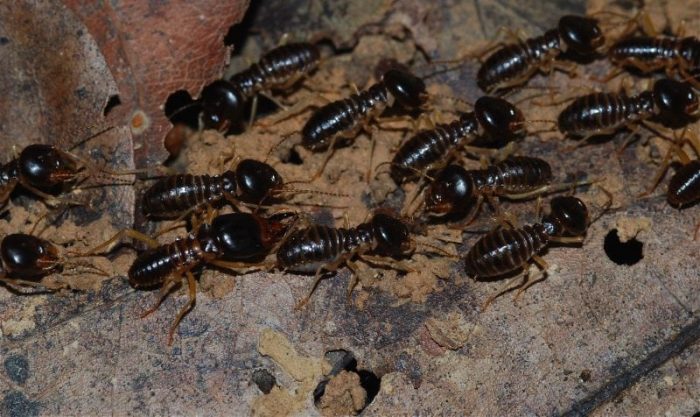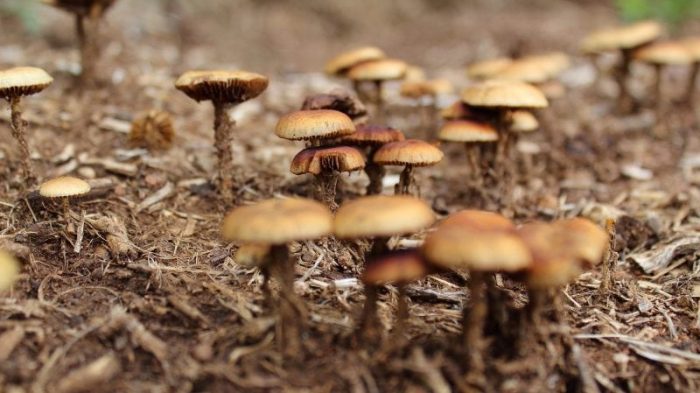
In the past few years, a considerable amount of drug discoveries related to natural products have decreased significantly. Big Pharma companies have taken their attention to alternative options but were not able to bring significant success. Due to the failure of alternative drug discovery, natural product research still is regarded as a compelling method to discover lead compounds.
For thousands of years, traditional medicines were regarded as the path for natural product-derived drug discovery, but subjects for natural products has now become far more advanced from traditional medicines. Following this recent trend, our laboratory focuses mainly on the discovery and structural elucidation of novel compounds with biological activities from various natural resources, such as termite-associated microbes, Korean wild mushroom and fungi, microorganisms in marine environments, soil fungi, and medicinal plants:
Termite-associated microbes
Secondary metabolites produced from microorganisms derived from fungus-growing termites are drawing attention in the field of drug discovery, as the exploration of the interaction between microbes and insects has recently uncovered a hidden treasure trove of natural products with biological activity and medical relevance. Many diverse insects harbor bacterial allies, which often act as defensive symbionts by producing small molecules that can selectively ward of competitors and pathogens. Those chemical mediators are expected to have gone through extensive evolutionary selection, and therefore identifying these responsible mediators may be regarded as lead compounds for drug discovery.

“Fungus-growing termites” by Bernard DUPONT via Flickr is licensed under CC-BY-SA 2.0
Korean wild mushroom and fungi
Mushrooms exist in our daily life, whether they are edible or not. Korea is known to use a vast number of mushrooms daily and a significant amount of Korean wild mushrooms have been reported to have various medicinal activities. These mushrooms have long been used as traditional medicine for the treatment of diverse illnesses. In fact, a lot of wild mushrooms are still in need of identification and not much is known what these mushrooms are capable of.
In addition to these edible mushrooms and wild mushrooms that have ethnopharmacological uses, we have taken an interest in some Korean wild mushrooms that are known to be toxic or poisonous. These mushrooms have been rarely investigated with regards to their chemical constituents. Thus, in our ongoing efforts to characterize novel natural compounds with interesting chemical structures and/or pharmaceutical activities from Korean wild mushrooms, we have collected mushroom sources and are focusing on discovering structurally novel compounds with pharmaceutical effects.

Wild Korean mushrooms (Pixabay)
Microorganisms in marine environments
For ages, scientists have researched land-based resources because of its accessibility. As methods of gathering resources have advanced, modern science has taken its attention to the marine environment. Microorganisms in marine environments have been recognized as promising natural sources to explore bioactive lead compounds. Actinomycete, non-actinomycete, and fungi, dominated by three major phylogenetic groups, have been actively investigated to find novel secondary metabolites since 1997.
In fact, marine-derived fungi have produced more than 400 new compounds with distinct characteristics, and some of them have shown various bioactivities. As part our continuing research to find novel compounds from diverse natural sources, our group has also investigated marine-derived microorganisms and focused on discovering structurally novel compounds with pharmaceutical properties.
Soil fungi
Humans interact with fungal species daily, and the numbers may go up to thousands of species. Fungi and their secondary metabolites are considered as naturally produced constituents that are therapeutically significant. Among them, soil fungi are an important source of chemical diversity and are recognized as new frontiers in the field of natural products research. Soil fungi establish an extremely diverse fungal community and are known to produce structurally interesting and biologically active secondary metabolites. These fungi have thus attracted great interest in the field of drug discovery due to their potential in leading to new medicinal applications.
Medicinal plants
Lastly, our laboratory still focuses on classical natural product research. We focus especially on plant species that are related to medicinal purposes. As plants provide an abundant source of natural compounds with diverse medicinal properties, they have long been recognized as the most important source of natural products with pharmaceutical applications. Plant species are still regarded as a key factor for new drug discovery.
Many plants have already been used in Asian traditional medicine; however, there are still many of them that have not been chemically investigated thoroughly. To reveal the phytochemical relevance of the plants regarding their ethnopharmacological uses, as well as to discover novel constituents with biological activities, we continue to endeavor in focusing on the phytochemical evaluation of plants that are relatively uninvestigated.
This work is based on research conducted by Ki Hyun Kim from the Natural Product Research Laboratory at Sungkyunkwan University.









